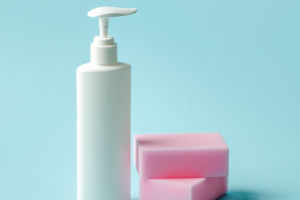The history of the sofa is long and rich, reflecting the evolution of human lifestyles.
From ancient benches to modern comfortable sofas, the development of the sofa mirrors changes in how people live.
Origins
The history of the sofa dates back to ancient civilizations.
Ancient Egypt, Greece, and Rome all had similar forms of furniture. In ancient Egypt, benches and beds were commonly used as seating, often made of wood and decorated with carvings and cushions. Greek and Roman sofas were closer to the modern concept, referred to as “klismos” and “diclinium,” featuring higher backs and armrests.
Development
During the Middle Ages, European sofa designs evolved into more comfortable forms.
In the Renaissance period, aristocrats began using sofas to display their social status. These sofas were often lavishly decorated with intricate carvings and rich fabrics. They were typically made of wood and had high backs and armrests.
In the 18th century, European sofa design began to change with the advent of the Industrial Revolution. Mass-produced sofas became popular, focusing more on comfort and practicality, and the design began to trend toward simplicity. By the mid-19th century, Victorian-era sofa designs maintained luxury while incorporating more comfort elements, such as springs and soft padding.
Entering the 20th century, modern sofa design began to innovate. The modernist movement embraced simplicity, functionality, and geometric shapes. Designers experimented with new materials, such as metal, plastic, and synthetic fibers. The mid-20th century saw leather and fabric sofas becoming mainstream, with a greater emphasis on comfort.
Structure
Modern sofas typically consist of the following main components:
1. Frame: The skeleton of the sofa, usually made from wood, metal, or plastic. Wooden frames are traditional and provide stability and durability, while metal frames are more modern and generally lighter.
2. Spring System: Used to enhance comfort and support. Common types include internal springs (such as pocket springs) and spring belts.
3. Padding: The comfort of the sofa largely depends on the padding, which can include sponge, down feathers, memory foam, and polyester fiber. High-quality padding significantly enhances seating comfort.
4. Cover: The exterior surface of the sofa, is typically made from fabric or leather. Fabric sofas come in various materials, including velvet, linen, and blended textiles. Leather sofas are favored for their durability and high-end feel.
Maintenance and Cleaning
1. Regular Cleaning: Fabric sofas should be regularly vacuumed to remove dust and dirt. Leather sofas should be wiped with a specialized leather cleaner to maintain their sheen.
2. Prevent Sunlight Exposure: Prolonged exposure to direct sunlight can cause fabric colors to fade or deteriorate. Thus, avoid placing the sofa in direct sunlight.
3. Periodic Refreshing: For older sofas, replacing the sofa cover, cleaning the padding, or re-padding can extend its lifespan.
Conclusion
A sofa is not only an important piece of furniture in home décor but also a key element in reflecting taste and comfort. Whether it's a classic leather sofa or a modern fabric one, choosing a sofa that suits your needs can make your home life more enjoyable.


